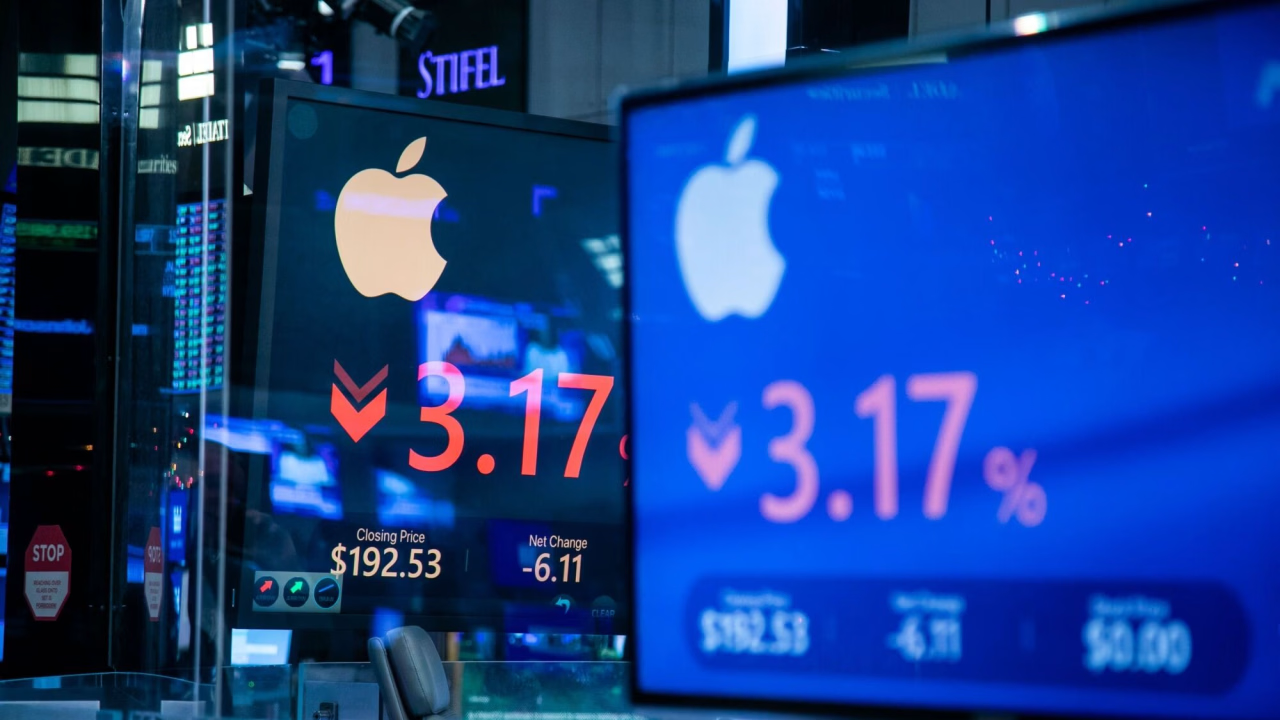Over the past few years, new age tech stocks—those representing companies built on digital platforms, artificial intelligence, fintech, electric vehicles, blockchain, and other disruptive technologies—have experienced a dramatic boom-and-bust cycle. These companies were once the darlings of the investment world, attracting billions in venture capital and pushing initial public offerings (IPOs) to record highs. However, by 2022, the narrative changed drastically. Amid rising interest rates, global economic uncertainty, and a reassessment of valuations, many of these stocks plummeted, leading to widespread investor panic.
As of mid-2025, investors are left asking the crucial question: is the worst over for new age tech stocks?
The Rise and Fall
New age tech stocks rose meteorically in the 2020–2021 period, driven by low interest rates, high liquidity, and a rush of speculative enthusiasm. Names like Zoom, Peloton, Rivian, and Coinbase became household names. Investors were drawn to the potential of revolutionary business models and digital-first solutions that seemed tailor-made for a post-pandemic world.
But as inflation surged in late 2021 and central banks began raising interest rates, the entire tech sector felt the heat. High-growth companies, often unprofitable and reliant on cheap capital, saw their valuations crumble. By the end of 2022, many new age tech stocks had lost 70–90% of their peak value. Investors grew wary of sky-high price-to-sales ratios, earnings shortfalls, and burn rates that exceeded revenue growth.
Signs of Stabilization
In 2023 and 2024, the macroeconomic backdrop began to shift. Inflation began to cool globally, prompting central banks to slow their rate hikes and, in some cases, begin easing again. With interest rate volatility stabilizing and global economic fears subsiding, capital began returning to riskier assets, including tech.
More importantly, many of these new age companies began to mature. They cut costs, improved operational efficiency, and focused on profitability rather than reckless expansion. Companies that survived the downturn emerged leaner, more focused, and more in tune with market realities.
By early 2025, investors began to see green shoots. Tech-heavy indices began trending upward, and IPO activity picked up modestly. Analysts started re-initiating coverage on tech stocks, not on hype, but on fundamentals. For some investors, this was a signal: perhaps the worst was over.
Resilient Business Models
Some new age tech companies demonstrated remarkable resilience during the downturn. Businesses with strong recurring revenue, sticky customer bases, and global scalability have managed to regain investor confidence.
For example, certain fintech platforms streamlined operations and achieved positive cash flow. AI-driven software providers showed explosive demand from enterprises seeking automation and analytics. Even the once-maligned electric vehicle segment saw renewed interest as governments continued to push for green energy adoption.
Cloud-based service providers, cybersecurity firms, and digital commerce platforms have also benefitted from long-term secular trends. These are not passing fads; they represent fundamental shifts in how businesses and consumers interact with technology. As such, their long-term growth potential remains intact, even if the speculative frenzy has cooled.
Cautious Optimism
While there’s growing optimism, it’s not universal. Some corners of the market remain cautious. A few segments of the tech world, such as consumer-focused apps or speculative crypto firms, are still struggling with demand stagnation and regulatory headwinds.
Moreover, global economic risks haven’t vanished. Geopolitical tensions, supply chain vulnerabilities, and inflation surprises could still affect tech companies disproportionately. In particular, rising labor costs and regulatory scrutiny (especially in Europe and the U.S.) may hamper growth for some firms.
Also, investors remain wary of companies with no clear path to profitability. The days of “growth at any cost” are over. Venture capital firms, once flush with enthusiasm, are more selective. Public market investors, burned by hype cycles, now demand consistent performance, transparency, and fiscal discipline.
Investor Behavior Shifting
Another signal that the worst may be over is the shift in investor behavior. Retail investors are no longer chasing hype or meme stocks. Institutional investors, meanwhile, are returning to quality tech names—those with strong balance sheets, defensible moats, and robust revenue models.
Portfolio diversification is back in vogue, and there is growing demand for companies that not only offer innovation but also demonstrate resilience in the face of uncertainty. This is a healthy sign for the tech ecosystem overall, as it moves from the euphoria phase to a more sustainable growth phase.
Future Outlook
Looking ahead, the next phase for new age tech stocks is likely to be more grounded. Instead of triple-digit revenue growth, investors may reward consistent profitability, modest growth, and innovation that solves real-world problems.
Artificial intelligence, quantum computing, blockchain integration, and green tech are still in their infancy, suggesting massive upside over the next decade. But the road forward will require patience, careful evaluation, and a willingness to distinguish hype from substance.
Companies that successfully balance innovation with fiscal responsibility will likely become the next wave of market leaders. Investors, having learned from the excesses of 2020–2021, may be better prepared this time to support durable growth stories.
Conclusion
So, is the worst over for new age tech stocks? The evidence suggests that the darkest days may indeed be behind us—but that doesn’t mean smooth sailing ahead. The recovery is cautious, the investor mindset is more skeptical, and the market rewards a different set of behaviors than during the last tech boom.
In this more mature phase, survival is no longer enough. Companies need to demonstrate value, adaptability, and staying power. Those that do will likely not just survive, but thrive. And for investors, that means opportunity—if approached with discipline, analysis, and a long-term horizon.



